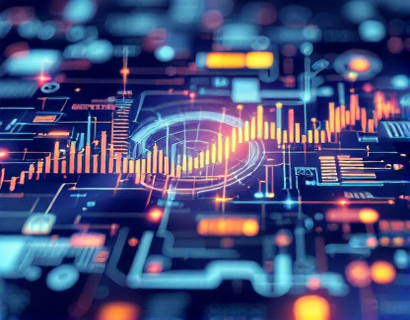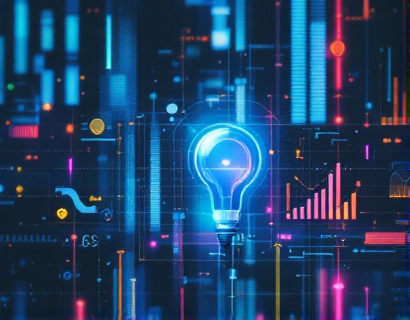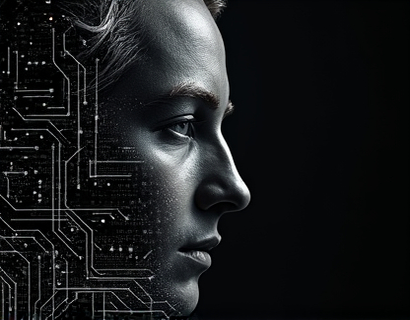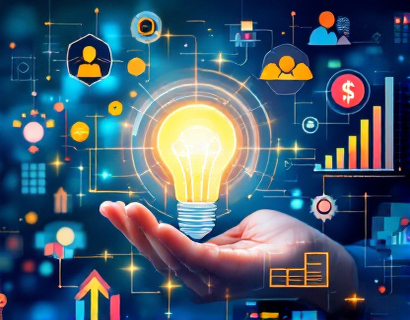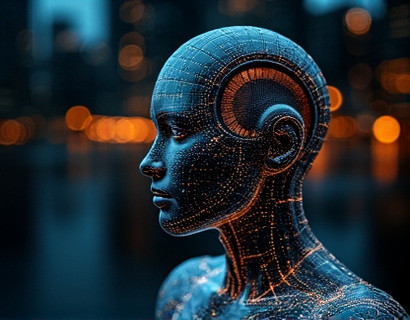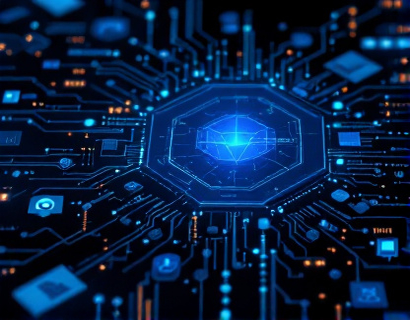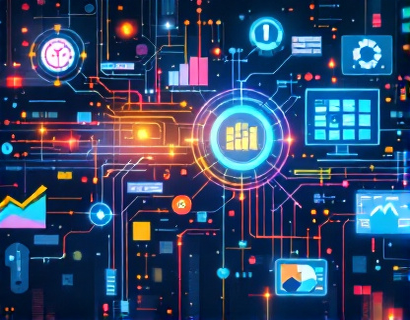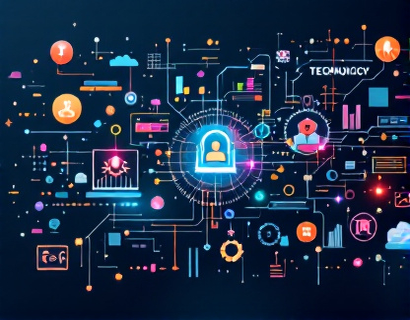Revolutionizing Digital Experiences: Leveraging Blockchain and AI for Enhanced User Solutions in the Crypto Era
The integration of blockchain technology and artificial intelligence (AI) is ushering in a new era of digital innovation, fundamentally transforming how businesses operate and deliver user experiences. This article explores the synergy between these two revolutionary technologies, providing a comprehensive guide for tech leaders aiming to harness their potential. By understanding the foundational aspects, current applications, and future prospects of blockchain and AI, businesses can strategically position themselves to thrive in the crypto-driven landscape.
Foundations of Blockchain and AI
Blockchain technology, at its core, is a decentralized digital ledger that records transactions across multiple computers in such a way that the registered transactions cannot be altered retroactively. This inherent transparency and security make it an ideal foundation for trustless systems where intermediaries are minimized or eliminated. On the other hand, AI encompasses a range of technologies that enable machines to perform tasks that traditionally required human intelligence, including learning, reasoning, and self-correction.
The convergence of blockchain and AI leverages the strengths of both technologies. Blockchain provides a secure, transparent, and immutable environment, while AI enhances the processing and analysis of data within this environment. Together, they create a powerful framework for developing robust, secure, and intelligent digital solutions.
Enhancing Security and Trust
One of the most significant benefits of combining blockchain and AI is the enhancement of security and trust in digital systems. Blockchain's cryptographic algorithms and decentralized consensus mechanisms ensure that data is tamper-proof and verifiable. AI can further bolster security by detecting and mitigating anomalies and potential threats in real-time. For instance, machine learning algorithms can analyze patterns in transaction data to identify suspicious activities, thereby preventing fraud and cyberattacks more effectively than traditional methods.
Moreover, the use of smart contracts on blockchain platforms, combined with AI-driven automation, can streamline complex processes while ensuring compliance and transparency. Smart contracts execute predefined actions when certain conditions are met, reducing the need for manual intervention and minimizing the risk of human error. AI can optimize the creation and execution of these contracts by predicting outcomes and adjusting parameters based on real-time data.
Improving Data Management and Analytics
Data is the lifeblood of modern businesses, and the integration of blockchain and AI revolutionizes how data is managed and analyzed. Blockchain provides a secure and transparent way to store and share data, ensuring its integrity and provenance. AI, with its advanced analytics capabilities, can process and derive insights from large datasets stored on the blockchain. This combination enables businesses to make data-driven decisions with greater confidence and accuracy.
For example, in supply chain management, blockchain can track the movement of goods from origin to destination, while AI can analyze this data to optimize logistics, predict demand, and identify bottlenecks. The transparent and immutable nature of blockchain ensures that all stakeholders have access to the same data, reducing disputes and increasing efficiency. AI-driven analytics can further enhance this by providing predictive insights, allowing businesses to proactively address potential issues.
Personalization and User Experience
The fusion of blockchain and AI also transforms user experiences by enabling highly personalized and secure interactions. Blockchain can ensure the secure storage and management of user data, giving individuals greater control over their personal information. AI algorithms can then use this data to deliver tailored content, recommendations, and services that resonate with each user's preferences and behaviors.
In the context of digital platforms and applications, this means a more seamless and intuitive user experience. For instance, in financial services, blockchain can securely store and verify user identities, while AI can analyze transaction patterns to offer customized financial products and advice. The combination ensures that users enjoy a personalized experience without compromising their privacy or security.
Decentralized Applications and Ecosystems
Decentralized applications (dApps) are a prime example of how blockchain and AI can create innovative digital experiences. dApps run on blockchain networks, leveraging smart contracts to automate functions and ensure transparency. AI can enhance dApps by providing intelligent features such as natural language processing, image recognition, and predictive analytics. This synergy enables the development of sophisticated applications that offer functionalities beyond what traditional centralized apps can provide.
For instance, a decentralized social media platform can use blockchain to manage user data and content ownership, while AI can curate personalized feeds, detect and filter misinformation, and enhance user engagement through intelligent recommendations. The decentralized nature of these platforms also fosters a more open and collaborative ecosystem, encouraging innovation and community-driven development.
Challenges and Considerations
While the potential of blockchain and AI is vast, there are several challenges and considerations that businesses must address. Scalability remains a significant issue for blockchain technology, as many platforms struggle to handle high volumes of transactions efficiently. AI models, particularly those requiring extensive training, can be resource-intensive and may raise concerns about energy consumption and environmental impact.
Additionally, the regulatory landscape for blockchain and AI is still evolving, and businesses must navigate varying legal requirements and ensure compliance. Ethical considerations, such as data privacy and the potential for bias in AI algorithms, must also be carefully managed to build trust and maintain a positive reputation.
Strategic Implementation
To successfully integrate blockchain and AI into their digital strategies, businesses should adopt a thoughtful and incremental approach. Here are some key steps to consider:
- Conduct a thorough assessment of current processes and identify areas where blockchain and AI can add value.
- Start with pilot projects to test the integration and gather insights before scaling up.
- Invest in talent and training to build a team capable of developing and maintaining blockchain and AI solutions.
- Collaborate with industry partners and research institutions to stay at the forefront of technological advancements.
- Focus on user-centric design to ensure that new solutions enhance the overall user experience.
By following these steps and staying informed about the latest developments in blockchain and AI, businesses can position themselves as leaders in the crypto era, delivering innovative and secure digital experiences that meet the evolving needs of their users.
Conclusion
The convergence of blockchain and AI represents a transformative force in the digital landscape, offering unprecedented opportunities for businesses to enhance security, data management, personalization, and user experiences. While challenges exist, the potential benefits make it a compelling area of focus for tech leaders. By embracing these technologies and adopting a strategic approach, organizations can not only stay competitive but also drive meaningful innovation in the crypto-driven future.



